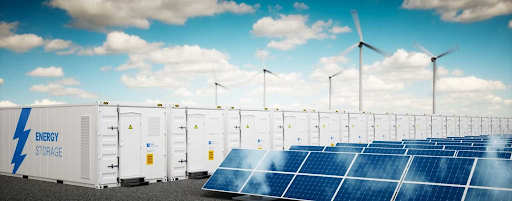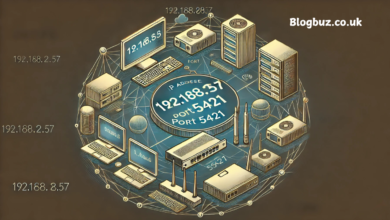Global Trends in Telecom Energy Solutions: 2025 and Beyond

Introduction
The telecommunications industry moves fast, and energy is a large — and growing — part of the business. As the number of mobile users, quality of data networks, and sophistication of technology continues to increase, the need for better power systems has never been greater. The way telecom companies consume power around the world is changing as we enter the 2025 era and beyond.
Today, energy is more than about keeping telecom towers standing. It’s saving space, but it’s also saving money, being friendlier to the environment and taking advantage of smart technology. Enter modern telecom energy solutions. They make telecom networks run more efficiently while using less energy and driving down costs.
Shift Toward Renewable Energy in Telecom
Among the enormous shifts in telecommunications energy is the transition to renewable power. Telecom sites are increasingly being powered by solar panels and wind turbines. These power eco-friendly systems are driving down the carbon emissions of the telecoms, eliminating the use of annual fuel and electricity spent.
This change is particularly significant in locations that lack access to electricity. In rural or isolated areas, solar power is cheaper and more reliable for powering telecom towers. This helps link more people and facilitate communication in inaccessible regions.
Rise of Smart Energy Management Systems
Smart energy management is becoming more popular in 2025. These platforms enable telecom companies to monitor power usage in realtime. They can monitor with smart software and sensors how much power is being drawn, and where it’s going. This avoids waste and is more efficient.
Now, many telecom companies leverage AI and machine learning in their energy systems. These instruments can forecast power requirements, and make adjustments automatically. This equates to higher energy savings, reduced breakdowns, and more durable equipment.
Adoption of Hybrid Power Systems
Hybrid power systems have also become a popular trend. Such systems are clusters of different energy sources like solar panels or batteries and diesel generators. This is to help telecom sites remain powered within the failure of one source.
Hybrid systems can be particularly useful in areas with unreliable power grids. More broadly, blending clean energy with conventional sources can help telecom companies keep their towers up and running round-the-clock, and save on the amount of fuel consumed, cutting down on pollution.
Use of Lithium Battery Storage
Lithium batteries are beginning to be seen frequently in telecom energy solutions, in 2025 and beyond. These batteries capture power from solar panels or the grid and discharge it when needed. They last longer than old types and are easier to take care of.
Lithium battery storage prevents downtime at telecom sites. During power outages or when there is no sun, stored energy powers you and your home. This in turn adds stability and reliability to the entire energy system.
Growing Focus on Energy Efficiency
Telecom companies now have energy efficiency as their first priority. That means needing to use far less energy to accomplish a similar job. Better equipment, improved cooling systems and more efficient lighting systems all cut down on the amount of energy used.
Telecom companies, too, are adopting clever designs to reduce energy costs. For instance, by positioning equipment in the right locations or taking advantage of natural cooling, companies can save even more power, and frequently save even more money over the long term.
Government Support and Green Policies
Governments across the globe are promoting the use of green energy. Several countries are providing financing or tax incentives to telecom companies that invest in renewable energy systems. This does two great things: It grows the industry and it helps the environment.
In some places, new laws even mandate that telecom operators reduce their energy consumption or switch to cleaner power. These rules will drive the telecom industry to spend more on sustainable energy systems, as well as smart technologies.
Future Innovations in Telecom Energy
Even more new thoughts lie ahead for the future of telecom energy. For instance, it quotes “energy harvesting,” which is a new technique for capturing tiny bits of power from the environment, such as sunshine or heat. This could enable small sensors and equipment in telecom sites to be run without an electrical grid connection.
And by the way, 5G networks are energy hogs, so energy systems will need to get smarter and stronger as well. Energy systems of the future will adapt to meet the needs of innovations such as 6G, edge computing and AI-driven networks.
Conclusion
As the telecommunication world expands, and the consumption of energy increases, so are the demands for better energy solutions. The direction of travel for telecom energy solutions to 2025 and beyond is clear: cleaner, smarter, and more efficient systems are the future. With renewables, lithium batteries, hybrid systems and smart management solutions, telecom companies are prepared for the challenges of the future.
Like with advanced energy systems, telecom operators can reduce costs, improve service, and save the planet. The future is a green, connected and innovative road.




